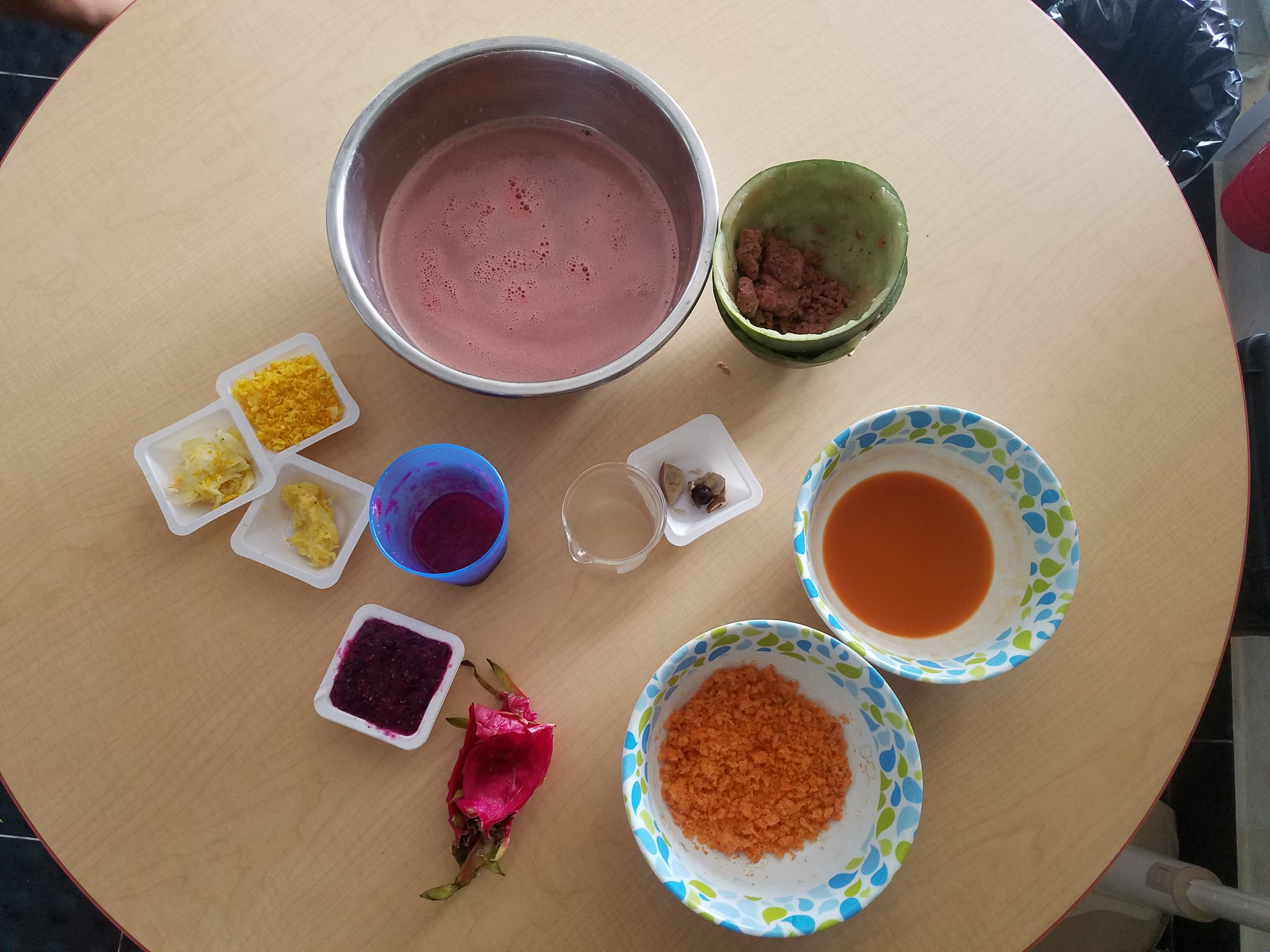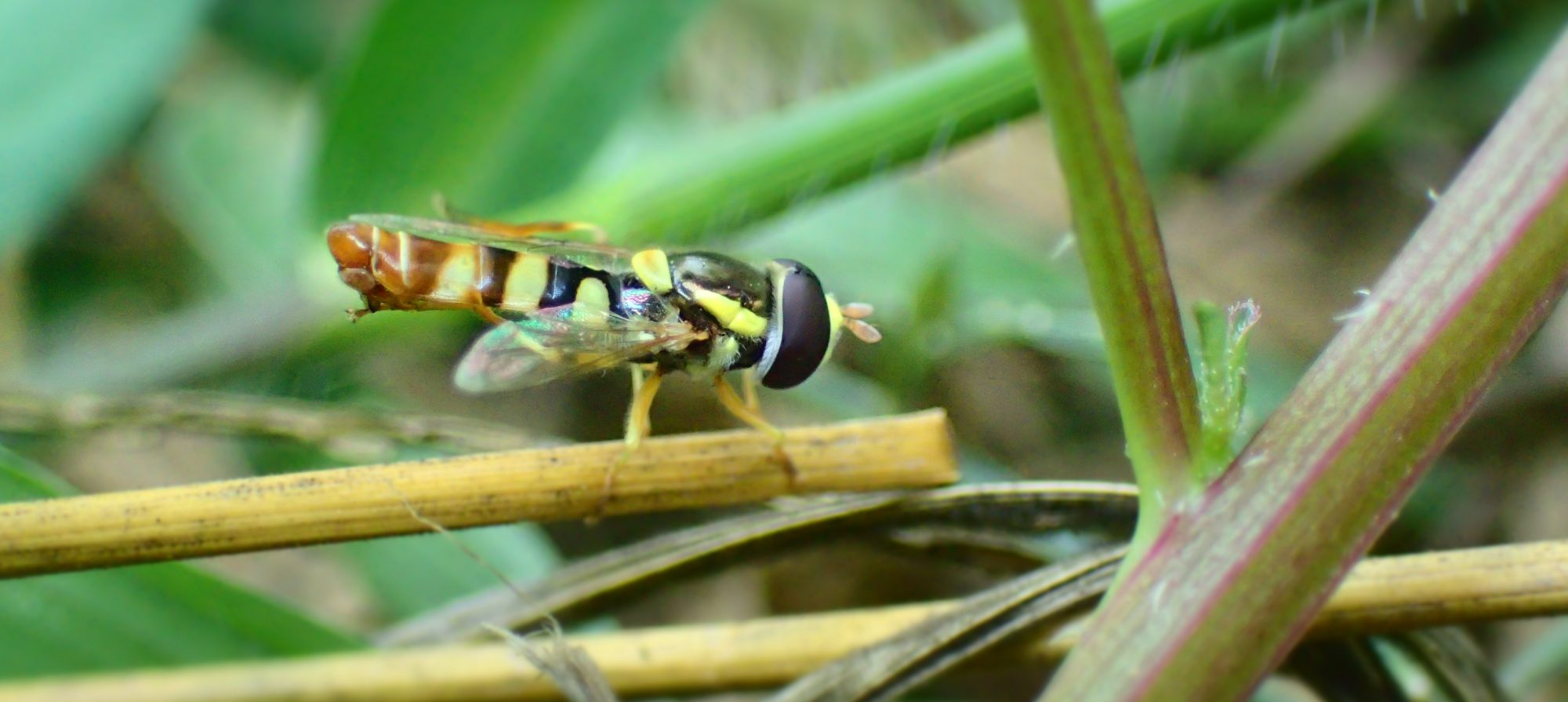Because my class is ahead of schedule, we were given a choice to design and run our lab. After some discuss, the class came to a consensus agreement to perform the cabbage PH indicator lab with a question: does the amount of solution added to the indicator solution affect the result? To learn more about the lab, click on the link below. Please keep in mind that the result from this lab should not be taken seriously.
Healthcare in Cambodia
In this first exploration of the year, the Healthcare in Cambodia exploration focus on learning different perspective of the healthcare system in Cambodia. So fa researches about the history of healthcare has been done to understand how healthcare has changed overtime throughout Cambodia. It has been a pleasure to learn that the healthcare system of Cambodia have developed to more equitable and accessible as Cambodia commit itself to more ambitious goal. Another major activity we do in this exploration is visiting people and organization whom’s work relate to healthcare, and learn about how they view healthcare. With the knowledge, observation made so far, I plan to make a program to teach the locals a guide to first-aid because I observe that many Cambodians are not educated about this topic. Even this project, I hope to encourage people to keep a simple first aid supplies that they make by themselves for a fair cost which is not a common practice in Cambodia.
Healthcare Exploration – University of Health Sciences Open House Event
On the 28th of September, the Healthcare Exploration went to an open-house at the University of Health Sciences (UHS). We registered in three different departments: Public Health, Dentistry, and Pharmacy. Specifically, in dentistry, we’d been toured to different labs, and meet their 7th-year students who were practicing dental care.
In the Public Health department, we were given an overview of what is public health, since it is a new major offered in 2013. Then, we heard the story of success from their first graduate and a student who is reaching the end of her bachelor study and were led into the information room. There, booths were set for participants to interact, ask questions to the students who study there, and read the research paper done by the professor and founder of the degree. Then, lastly, open house ended with them giving a tour of their library and study spaces.
University of Pharmacy is part of the UHS, and the pharmaceutical course has the most hand-on learning experience than any other medical department. There are three different types of classes, theoretical, laboratorical learning that practices theories learned, and researching. There are labs such as: DNA extraction from pathogens, plants identification, substance extraction, household-use products production such as hand soaps and soap bars. Some places require us to wear lab coats due to the risk of biohazard and contracting diseases. However, the most interesting part of this opening event is, learning that the university values the Khmer traditional medicine; instead of brushing it off due to its lack of scientific proof, one of the main lessons is focusing on understanding the science behind the traditional treatment, and uses the discovery to improve the modern medicines.
The most interesting information we learned there was that, unlike the other universities in Cambodia, this university administer their tests digitally; where each student would have to answer a set 60 randomized questions within an hour.
Healthcare Exploration – MoPoTyso visit on August 31st, 2018
Starting from this academic year, the academic schedule is much different than those of the past. Approaching our graduation, students have more control over their schedule which means we have more exploration hour. One of the explorations that I signed myself up for is the Healthcare exploration. In this exploration we are exploring the healthcare system of Cambodia and see how we can get involve. To better understand some aspects of healthcare system in Cambodia, the exploration visited MoPopTsyo (Patient Information Centre) and met with doctor Maurits. It was fascinating to learn how MoPoTsyo works and especially to be taken through the mini biology lessons about diabetes and chronic disease. I was drawn into the stories he told. It was so mesmerizing that I don’t even know if I have all the information noted down. I really like the way MopoTyso work. I like how they teach a person who has a condition that is essentially called diabetes so they can share the knowledge they learn to their neighbours and people who are interested. I think this is a really good way to approach people to raise their awareness. Anecdote plays a really big role. When a trainee got certified and look physically much better, people are curious to learn about what they did to be that healthy so the knowledge pass on. At the same it’s sad to learn that while two third of the patient are women, the proportion of women trainee is only one third. This is because they have to play a mother role in their family as a mother and a wife. On the other hand, it is the exact opposite for men, because they are the breadwinner of the traditional Khmer family structure. They could choose to do almost anything they want without having to ask for permission or discuss with it their spouse. I hope gene role will be seen as less important, because it seems to women back in almost every aspect of their lives. It is sad to know that they have to go through and I’m glad I don’t have to go through it like they do. Besides the work of MoPoTys, it has also interesting to learn about how healthcare system is going in other countries, for an example, in the UK, the government is considering on banning people under 18 from attaining sugary drink like coke. In China, there was a melamine incident, where baby milk powder was mixed with melamine (a compound used to make specific type of plastic) to show more protein content in the milk when measured. In another (Thailand) the government implemented sugar tax since last year. Sugar tax is a policy where companies have to pay tax of a proportional level to the amount of sugar they use in producing their beverages and food. Back to Cambodia, Dr. Maurits pointed out something that is obvious that I never realize; the healthcare system in Cambodia had never focused on chronic disease which leads to the reason MoPoTsyo was created in the first place. I am grateful to have an NGO like MoPoTyso serving the people in need of my country. Not only do they provide knowledge but also blood test service for those who wants to follow up with their health. Talking about the blood test, it was my favorite part; to visit their lab. The lap was cozy and equipped with machines that were used for blood testing.
AP Biology-Unit One | Water Extraction Lab
I decided to sign up for Advanced Placement (AP) biology class because I really love science, and I want my career to be in this path. I want to expose myself to some knowledge that I should know before I enter college, and maybe potentially show my AP biology test score to college to prove my passion for science.
In our first unit of our Ap biology class, we focus on community ecology. As part of the introductory course, we perform a water extraction lab during our first week of class. This lab was basically aimed to calculate the water content of a given fruit or vegetable. My lab partner (Sopor) and I was assigned an orange. Together, we developed a methodology and extract as much water as possible and calculate its water content; we were off by about 20%. To learn more my lab, please click on the link below and read my lab report.
Orange Water Extraction Lab_Sythong



